Trump delays EU tariffs until July 9, markets rally amid fragile trade truce
- Update Time : Tuesday, May 27, 2025
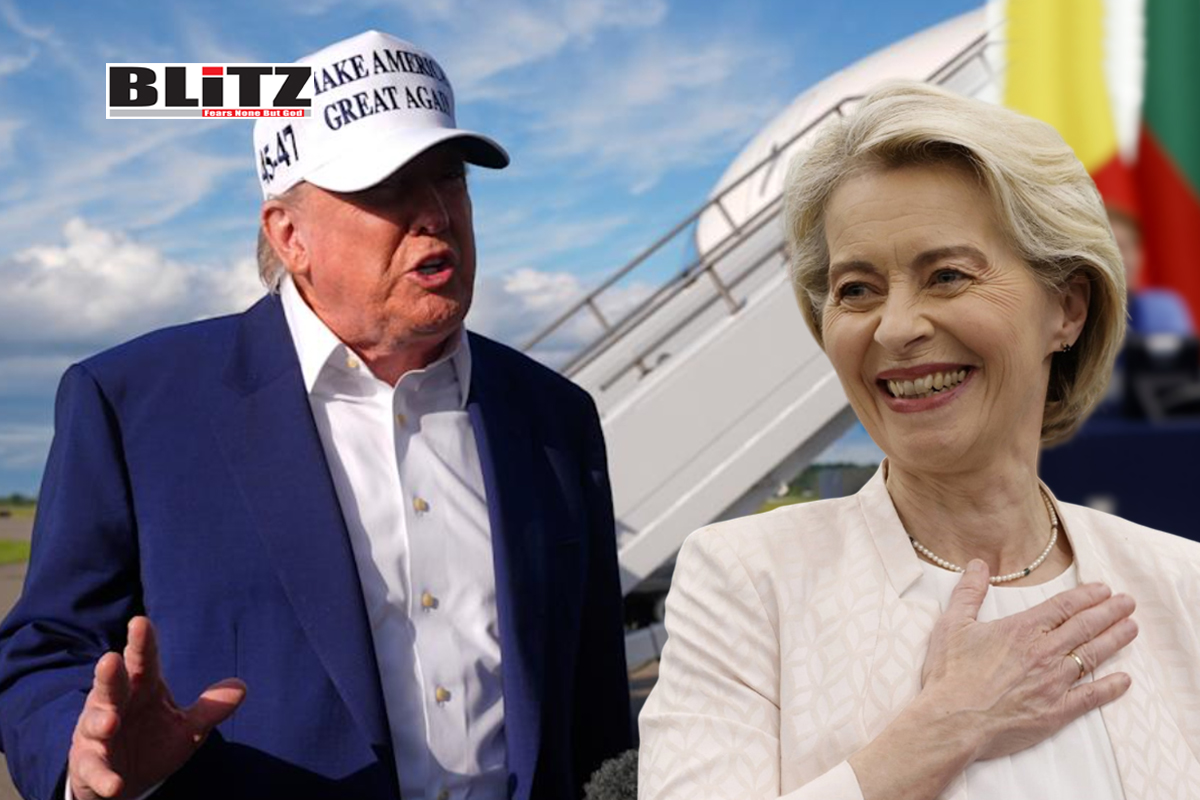
In a dramatic reversal that underscored the volatility of transatlantic trade relations, US President Donald Trump has decided to delay the imposition of steep new tariffs on European Union goods until July 9, granting negotiators a temporary reprieve as talks between Washington and Brussels continue to stall.
The announcement, made on May 26, came just two days after Trump threatened to slap a punitive 50% tariff on EU imports starting June 1, citing frustration over the slow pace of negotiations. That threat had sent shockwaves through global financial markets and reignited fears of a renewed trade war between the long-time allies. But following a phone call with European Commission President Ursula von der Leyen, Trump agreed to restore his original July 9 deadline, providing a brief window for potential compromise.
The decision sparked an immediate relief rally in European financial markets. The euro rose to its highest level against the US dollar since April 30, while the pan-European STOXX 600 index gained 1%, recovering from a 0.9% decline on May 23 following Trump’s initial tariff threat. Automakers, luxury brands, and banks led the rebound, with the automobiles and parts index climbing 1.4%. Luxury stocks – which depend heavily on US consumer demand – also posted strong gains, as investors grew more optimistic that a full-scale tariff escalation could still be avoided.
Oil prices edged higher as well, buoyed by improved investor sentiment and hopes that a trade détente might support broader global growth.
Trump’s abrupt back-and-forth on tariffs has become a hallmark of his approach to trade policy. On May 23, he surprised observers by recommending that the US implement a 50% tariff on EU goods effective June 1, stating that he was no longer interested in waiting for a deal. Just 48 hours later, he reversed course.
“We had a very nice call, and I agreed to move it,” Trump told reporters before returning to Washington after spending the weekend in New Jersey. “She [von der Leyen] said we will rapidly get together and see if we can work something out.”
In a post on Truth Social, Trump added, “I agreed to the extension – July 9, 2025 – It was my privilege to do so. The Commission President said that talks will begin rapidly.”
Von der Leyen echoed the optimism in a post on X (formerly Twitter), stating, “Europe is ready to advance talks swiftly and decisively. To reach a good deal, we would need the time until July 9.”
While the delay temporarily eased fears of an imminent tariff hike, it did little to resolve the deeper disputes fueling the standoff. Negotiations between Washington and Brussels have remained stuck, largely due to diverging expectations.
According to individuals close to the discussions, the US is demanding significant unilateral concessions from the EU to open up European markets to American businesses. The EU, in contrast, is pushing for a more balanced agreement that delivers mutual benefits. This mismatch in objectives has hampered progress and drawn Trump’s ire.
The EU already faces a web of existing US tariffs – including 25% levies on steel, aluminum, and cars, as well as so-called “reciprocal” tariffs of 10% on most other goods. That figure was initially set to double to 20% in July if no deal was reached, but Trump’s latest threat would have raised it even further to 50%, triggering potentially devastating consequences for EU exporters.
If Trump were to follow through with the 50% tariff, the economic fallout could be severe. European companies that export heavily to the United States – such as German automakers BMW and Porsche, Italian food producers, and French luxury brands like Louis Vuitton and Prada – could see their US sales plummet.
American consumers, in turn, would face higher prices for a wide array of European imports, from vehicles to olive oil to designer handbags. Analysts warn that such tariffs could stoke inflation and dampen consumer demand, just as both economies are grappling with slowing growth and heightened geopolitical risks.
The EU, for its part, has threatened retaliatory measures if Washington proceeds with the tariff hike, raising the prospect of a damaging tit-for-tat escalation.
This latest episode is emblematic of Trump’s broader trade strategy, which has relied heavily on brinkmanship, last-minute reversals, and public displays of frustration. While the president has succeeded in securing some bilateral deals – such as a recent trade agreement with the United Kingdom and ongoing negotiations with China – talks with the EU have proven particularly challenging.
Part of the difficulty stems from Trump’s long-standing skepticism of the EU, which he has criticized as unfairly benefiting from the US-led global order. The tension has been exacerbated by broader disagreements over security, defense spending, and regulatory standards.
European leaders, while eager to avoid a damaging trade war, have expressed frustration with Trump’s erratic tactics and refusal to adhere to established multilateral frameworks.
With the clock reset, attention now turns to what – if anything – can be accomplished before the new deadline. Officials in both Washington and Brussels have said they are prepared to resume talks immediately, but expectations remain low given the entrenched positions on both sides.
Some analysts view the delay as merely a tactical pause, allowing Trump to claim flexibility while still keeping pressure on the EU. Others see it as a potential opportunity to de-escalate tensions and explore compromise.
What remains clear is that the stakes are high – not only for transatlantic commerce but also for the broader global trading system, which continues to reel from years of unpredictability, protectionism, and policy reversals.
Unless a breakthrough emerges in the coming weeks, Trump’s threatened 50% tariff could still become a reality – with far-reaching implications for businesses, consumers, and the future of US-EU relations.
For now, however, markets are breathing a cautious sigh of relief.




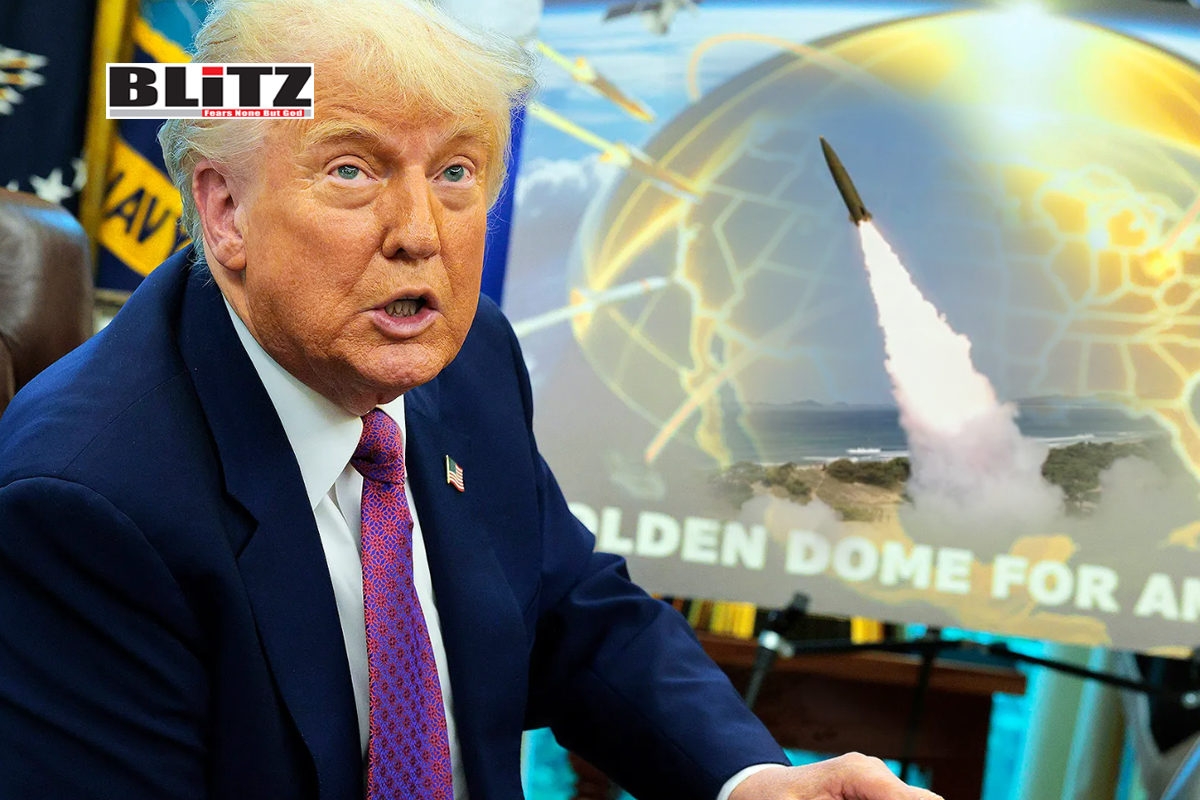
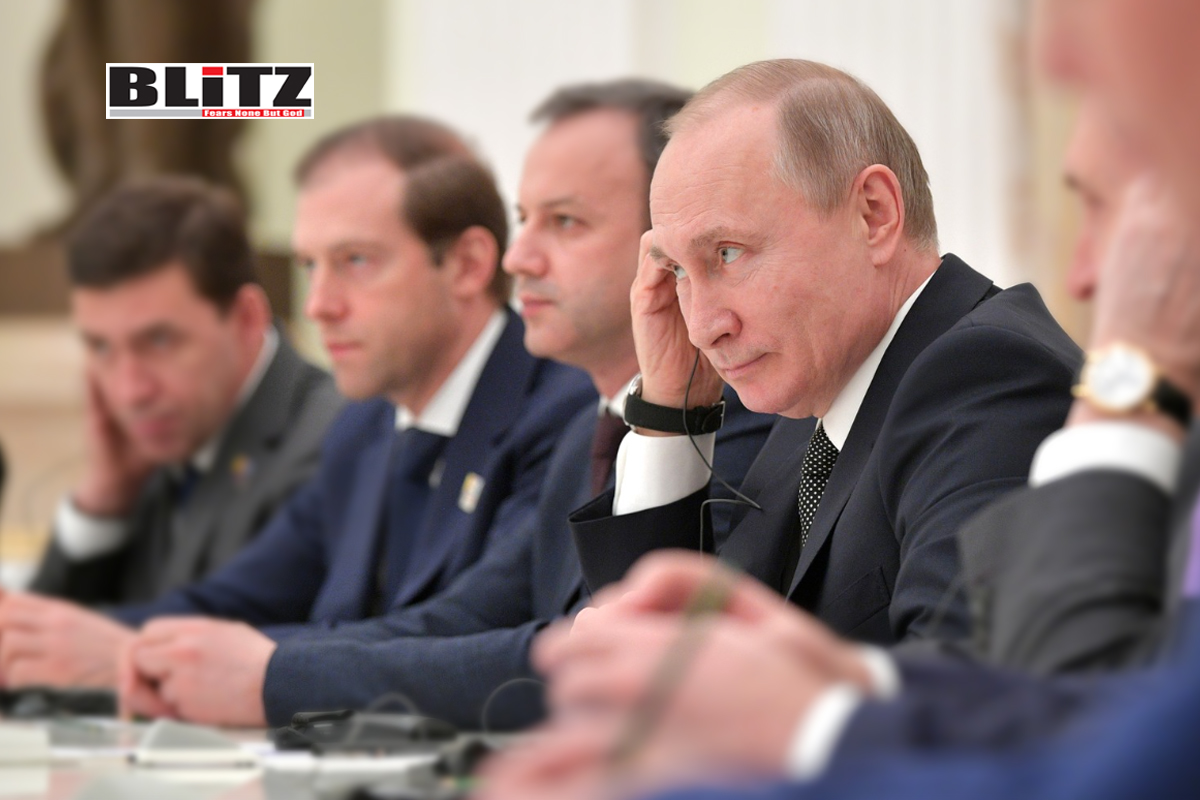
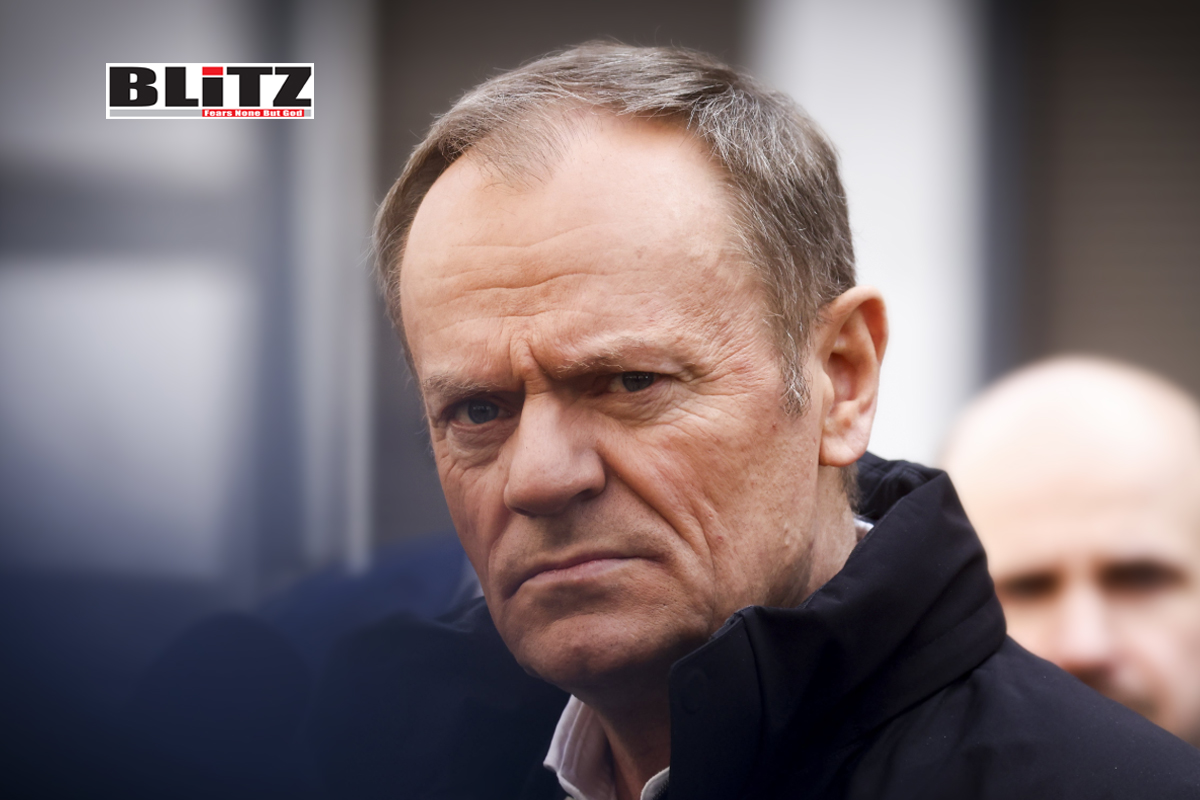
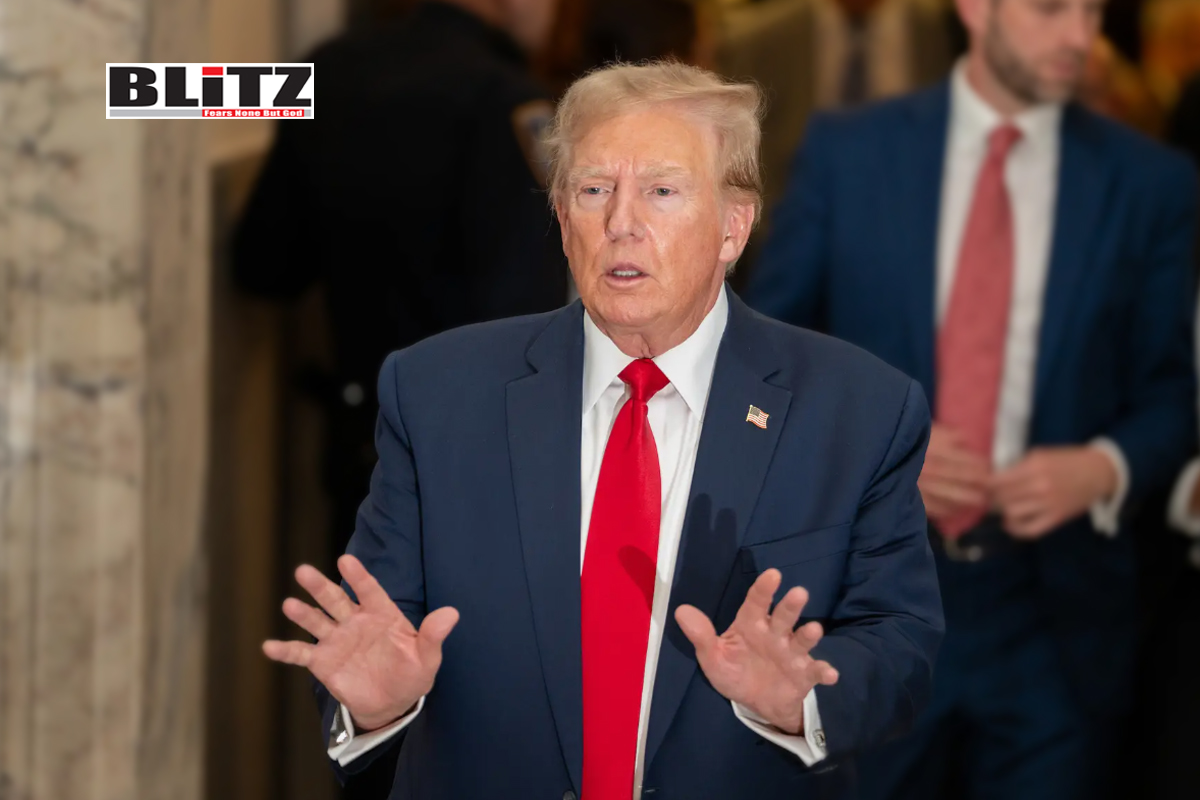

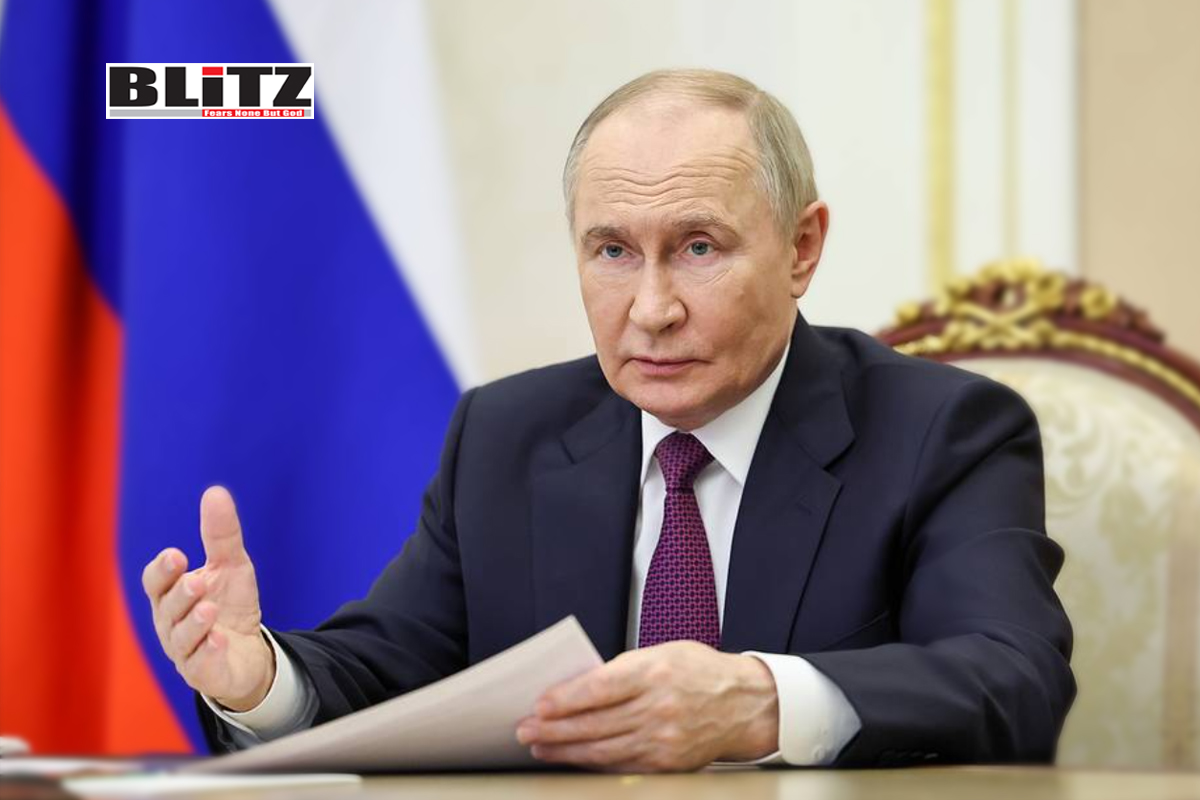



Leave a Reply